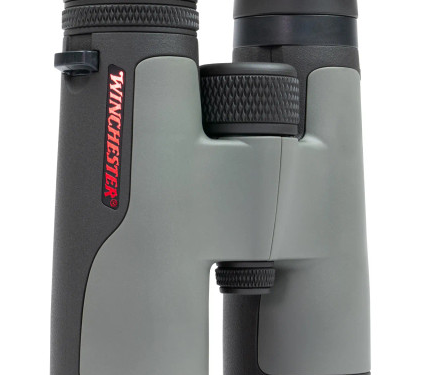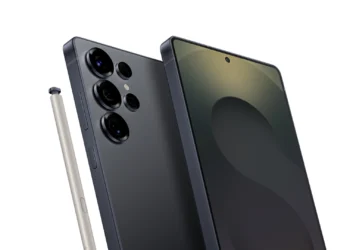Bird watching is one of those activities that makes you feel at peace with nature. There’s something special about spotting a rare bird or just observing the behavior of your local feathered friends. But to really enjoy the experience, you need the right gear. The best tool for the job is a good pair of binoculars. Bird watching binoculars are designed to give you a clear, close-up view of birds in their natural habitat.
If you’re just starting out, the world of binoculars can feel a little overwhelming. No need to worry. We’re here to help you understand what makes bird watching binoculars stand out and how to pick the right ones for you.
Understanding the Basics of Bird-Watching Binoculars
What makes binoculars ideal for bird watching? The main difference lies in the clarity and field of view. Regular binoculars may offer magnification, but they might not provide the level of detail or comfort needed for hours of bird-watching. Bird watching binoculars, on the other hand, are designed with features that make viewing easier and more enjoyable. Their high optical quality, wide field of view, and lightweight design help you spot birds more easily and without strain.
Key Features to Look for When Choosing Bird-Watching Binoculars
Magnification and Objective Lens Size
The first thing you should consider when buying binoculars is the magnification power. You’ll often see binoculars with labels like “8×42” or “10×50.” The first number refers to the magnification, and the second number refers to the size of the objective lens in millimeters.
For most bird watchers, binoculars with 8x magnification are perfect. They give a wide field of view, which is important for tracking fast-moving birds. If you’re into watching birds at a greater distance or in more open spaces, you might opt for 10x magnification. However, keep in mind that higher magnification can make it harder to focus quickly on a moving bird.
Optical Quality and Lens Coatings
When you’re out bird watching, you want to be able to see every detail clearly. Good lens coatings help with this. Fully multi-coated lenses allow more light to pass through, which means brighter and clearer images. BAK4 prisms are another feature you’ll find in high-quality bird watching binoculars. They help produce sharper images and reduce the amount of light loss, especially in low-light conditions like early morning or dusk.
Weight and Comfort
If you’re planning to spend hours on the trail or sitting quietly waiting for a bird to show up, weight matters. You don’t want binoculars that make your arms sore. Look for lightweight options that are comfortable to hold for long periods of time. Rubber coatings are common and help provide a secure, non-slip grip. Also, check the design for ergonomics; it should feel natural in your hands.
How to Use Bird-Watching Binoculars Effectively
Proper Holding Technique
Using binoculars might seem simple, but holding them the right way will make a big difference. Place the binoculars in your hands comfortably, adjusting the eye cups for your eye position. Hold them steady with both hands to avoid shakiness. You don’t want to miss that perfect moment because of a blurry image.
Adjusting for Focus
Focus is key when bird watching. You want to be able to spot details like feather patterns, beak shapes, and subtle color differences. Most binoculars have a central focus wheel and a diopter adjustment for fine-tuning. To adjust the focus, turn the wheel slowly while keeping an eye on the bird. Practice adjusting it smoothly, so you don’t waste time fiddling with the settings while the bird flies away.
Using the Right Settings for Various Lighting Conditions
Lighting conditions change throughout the day, and birds are often more active in early morning or late afternoon. In low light, you’ll need binoculars that transmit more light. Fully multi-coated lenses help with this. Adjust the focus wheel often as the light changes to keep the image clear.
Popular Accessories for Bird-Watching Binoculars
Neck Straps and Harnesses
Bird watching often involves long periods of holding binoculars up to your eyes. A neck strap is an easy solution for keeping your binoculars close and handy when you’re not using them. If you want more comfort, a harness can distribute the weight across your body, preventing neck strain.
Lens Cleaning Kits
Even with the best bird watching binoculars, you’ll occasionally need to clean your lenses. Dust, dirt, and even rain can smudge your optics. A lens cleaning kit with a microfiber cloth is perfect for maintaining clear views.
Protective Cases and Covers
Your binoculars will last longer if you protect them from bumps and scratches. Look for a protective case that fits your binoculars snugly. Many cases come with water-resistant features, keeping your gear safe in case of light rain.
Conclusion
Bird watching binoculars are a necessary tool for any bird watcher, whether you’re just starting or already a pro. Understanding what to look for—like magnification, lens quality, and weight—will help you choose the right pair. The right binoculars can help you spot more birds with greater clarity and comfort.
With the proper care, your binoculars will serve you well for many years to come. So, get out there and enjoy the beauty of birds, equipped with the best bird watching binoculars.






